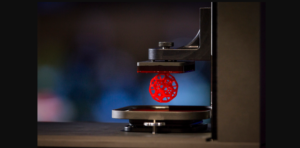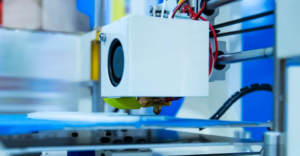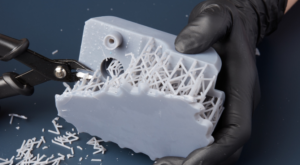In the realm of 3D printing, the evolution of materials has brought forth a multitude of options that cater to diverse applications. Among these, flexible 3D printing materials have garnered significant attention due to their ability to bend, stretch, and conform. In this article, we delve into the world of flexible 3D printing materials, exploring the most popular choices and their unique properties.
Understanding the Role of Flexibility in 3D Printing
Flexibility in 3D printing materials is pivotal for applications that demand objects to adapt, deform, and withstand stress without breaking. These materials find applications in industries as varied as healthcare, automotive, consumer goods, and engineering, giving rise to innovative solutions and pushing the boundaries of design.
Nylon: A Blend of Durability and Flexibility 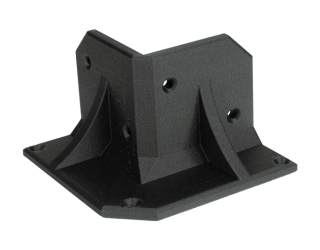
Nylon, a well-known synthetic polymer, is celebrated for its exceptional durability and flexibility. As a versatile material, Nylon is suitable for both functional prototypes and end-use parts. Its key attributes include:
- Impact Resistance: Nylon exhibits impressive impact resistance, making it capable of withstanding external forces without compromising its structure.
- Heat Resistance: Nylon’s ability to retain its properties at higher temperatures adds to its versatility, making it suitable for applications that require stability under varying conditions.
Polycarbonate (PC): Combining Strength and Clarity 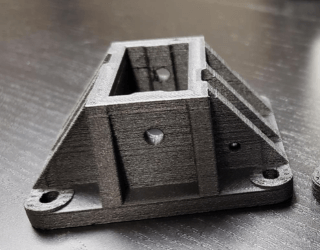
Polycarbonate, revered for its high impact strength and optical clarity, is a favorite for applications that require both transparency and toughness. This material shines in industries such as automotive, electronics, and medical equipment due to:
- Transparency: Polycarbonate offers exceptional optical clarity, making it ideal for parts that require visibility or light transmission.
- Impact Strength: Its resistance to impact, even at low temperatures, renders Polycarbonate invaluable for parts that need to endure challenging environments.
Acrylonitrile Butadiene Styrene (ABS): A Versatile Performer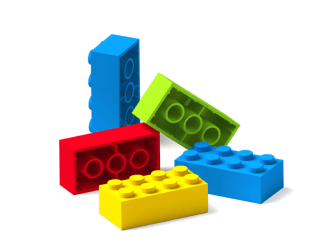
Acrylonitrile Butadiene Styrene, or ABS, is celebrated for its well-rounded properties that include strength, impact resistance, and machinability. It is a popular choice in various industries for:
- Functional Prototypes: ABS’s balance of strength and flexibility makes it a favored choice for creating functional prototypes that mimic the properties of the final product.
- Concept Models: Its ease of processing and good surface finish render ABS suitable for creating concept models that provide a tangible representation of design ideas.
Choosing the Right Flexible 3D Printing Material
Selecting the appropriate flexible 3D printing material depends on the specific requirements of your project:
- Nylon: Opt for Nylon when you need a balance of durability, flexibility, and heat resistance. It’s an excellent choice for parts subject to mechanical stress and varying temperatures.
- Polycarbonate: If you require transparency and high impact resistance, Polycarbonate is ideal for applications such as protective covers, lenses, and functional prototypes.
- ABS: When you’re aiming for versatility, strength, and ease of post-processing, ABS is an adaptable choice that suits a wide range of applications.
Conclusion
The world of flexible 3D printing materials presents a myriad of possibilities for industries seeking adaptable solutions. Nylon’s durability and heat resistance, Polycarbonate’s transparency and impact strength, and ABS’s versatile properties are driving innovation and redefining design standards. Understanding the unique attributes of these materials empowers designers, engineers, and creators to select the perfect material for their projects, ensuring that the resulting 3D printed parts meet the demands of their intended applications with finesse.





